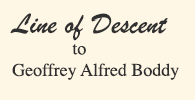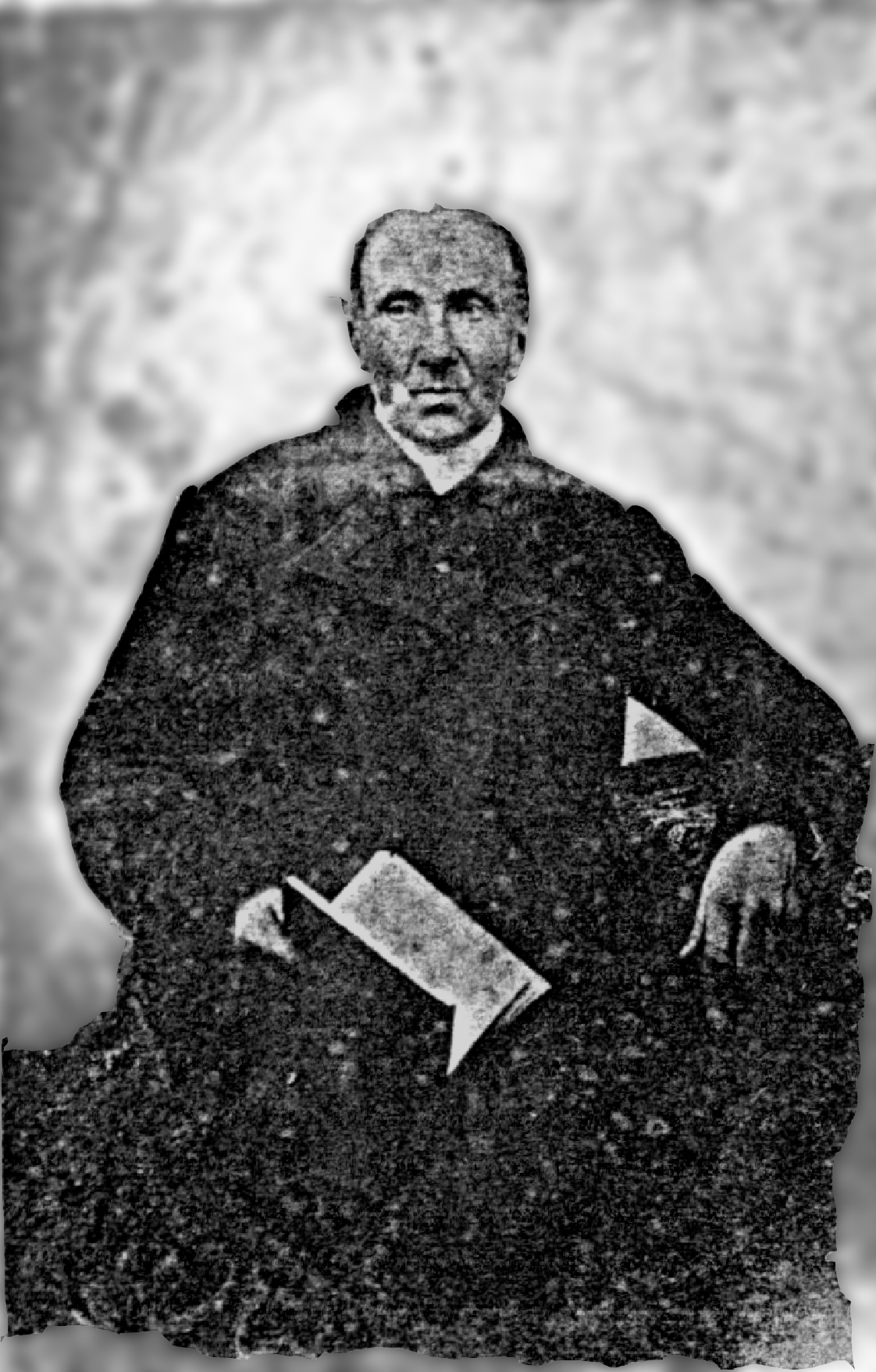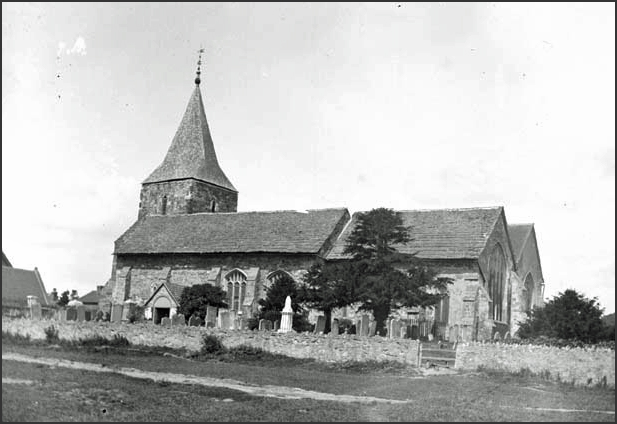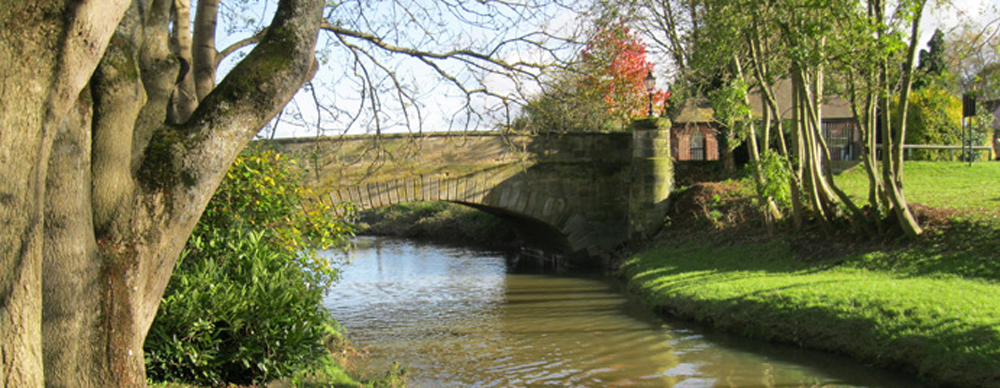William
Nicholson (1782 - 1864) & Catherine Saxby (1782-1863)

William Nicholson & Catherine Saxby
Caroline Nicholson m. George Boddy
Alfred Boddy
Alfred Charles Boddy
Geoffrey Alfred Boddy
return to the Boddy Family Tree
William
- Birth:
- 1782 or 1783, Edenbridge, Kent, England
- Death:
- 19 July, 1864, in Edenbridge
- Birth/Baptism:
- 29 August, 1782, Edenbridge
- Parents:
- William Saxby & Sarah Wells
- Death:
- January, 1863 Edenbridge
- Marriage:
- 28 February, 1802, Edenbridge, Kent
- Children:
- William (b. 1802)
- Sarah (b.1803)
- John (b. 1804)
- David (b.1806)
- Harriet (b. 1808)
- Mary (b. 1810)
- Lucy (b 1812)
- Catherine (b. 1814)
- George (b. 1816)
- Ann (b. 1819)
- Caroline Augusta (1822-1887) married George Boddy 1847, London.
- Joseph (b.1825)
- Samuel (b. 1827)

Aptitude for a craft or a trade doesn't always go
hand in hand with business acumen, an observation that could be applied
to William Nicholson, an ancestor of ours in Kent in the 19th
century.
In the 1851 UK census noted that William was a
"master shoemaker, employing 6 men" in Edenbridge, in Kent. Alas,
something went wrong between that census and the end of the
decade. In November 1859, William was called before a judge, as an
"insolvent debtor", and told to reappear later that month. What
happened later that month doesn't appear to have been reported, at least
not in the newspapers so far digitised by the British
Newspaper Archive.
William obviously soldiered on... he was still
recording "shoemaker" as his occupation two years later, in the 1861
Census although he was nearing 80 at that time.
The Book of Old-Time Trades and
Tools, compiled by Anonymous, written during the mid-Victorian
era as a career guide for schoolboys, says the pretty market town of
Edenbridge was noted for shoemakers who produced "strong, coarse
hob-nailed shoes ...which are so much worn by waggoners and
others". William, one of many such shoemakers, was father of
Caroline who met and married tax inspector George Boddy in London in
1847. The trade of shoemaking ran the family - Censuses conducted
in the UK from 1841 onwards show that his eldest son William and his
grandson Egbert were both shoemakers.
 At
19 years of age, William married an equally young woman from his own
town - Catherine Saxby.
At
19 years of age, William married an equally young woman from his own
town - Catherine Saxby.
 At
19 years of age, William married an equally young woman from his own
town - Catherine Saxby.
At
19 years of age, William married an equally young woman from his own
town - Catherine Saxby. right: The Anglican church of Sts
Peter and Paul, where William and Catherine married in 1802
Together, the couple had 13 children over a
24 year period, according to entries in the local Edenbridge parish
register. One unusual aspect from the registers is that nine of
his 10 eldest children were baptised together in in single ceremony in
June, 1821. The one exception to the mass ceremony was the eldest son,
William, by that time 19 years old, who had been more conventionally
baptised soon after his birth in 1802.
William was probably a very religious person - a fellow Edenbridge man left William and three others in charge of a property in the town which the testator decreed had to be used for the religous purposes of "dissenters". (Dissenters were Protestant Christians who separated from the Church of England in the 16th, 17th and 18th centuries). How that "Dissenting" obligation connected with the baptisms of all the children in the local Anglican church isn't clear. And in the only surviving portrait we have (above), William is holding a book, probably the family bible.
In the UK Censuses of 1851 and 1861, the
family is listed as living at two different addresses - Edenbridge
street (1851), then High Street in 1861, by which time only their
unmarried son William is registered as living with them. Edenbridge
street no long exists, and so it's possible its name was simply changed
to High Street.
Catherine died in January 1863, William a
year later, in July 1864.
 A
bridge over the River Eden
A
bridge over the River Eden Back to the Boddy
Family tree
